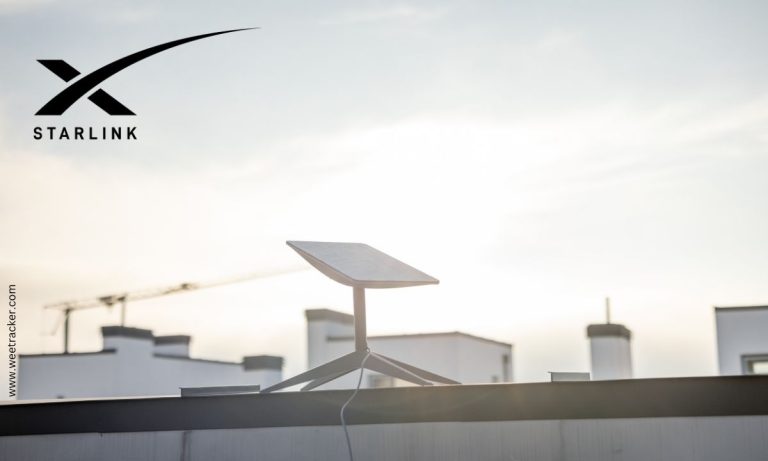Kenya’s internet landscape is rapidly evolving, and the arrival of Starlink has marked a turning point in the country’s digital future. As one of Africa’s most tech-forward nations, Kenya has long relied on fiber networks, mobile data, and terrestrial infrastructure to stay connected. However, Starlink’s entry introduced a new dimension — high-speed satellite internet that can reach even the most remote corners of the country. Its launch has sparked excitement among rural communities, businesses, and tech enthusiasts eager to experience reliable, fast connectivity unhindered by geography.
In addition, Starlink’s expansion has drawn significant attention from regulators, competitors, and innovators alike. With Kenya’s growing digital economy, demand for faster, more stable connections is at an all-time high. Starlink’s technology promises to bridge the digital divide that has left millions disconnected, particularly in underserved regions. As the service continues to expand, it is reshaping Kenya’s internet ecosystem, boosting productivity, and redefining what connectivity means in the 21st century.
Starlink’s Entry into Kenya
Starlink officially launched in Kenya in mid-2023 after securing approval from the Communications Authority of Kenya (CAK). The service arrived through a partnership with Karibu Connect, a licensed local provider tasked with distribution and support. Its mission was simple yet ambitious — to offer high-speed, low-latency satellite internet to regions where traditional fiber or mobile networks remain unreliable or unavailable. Kenya became one of the first African nations to host Starlink, joining Nigeria, Rwanda, and Mozambique in adopting next-generation satellite connectivity.
At the time of launch, the company’s pricing model sparked debate. Hardware (the dish and router) cost over KSh 89,000, with monthly subscriptions averaging KSh 6,500. While these rates are higher than most fiber or mobile internet plans, they cater to businesses, institutions, and remote users willing to pay for speed and stability. Over time, Starlink hinted at introducing flexible payment options and regional packages to increase affordability.
Expanding Reach and Infrastructure
Starlink’s initial rollout focused on Kenya’s rural and semi-urban areas — including regions like Turkana, Marsabit, and parts of the Rift Valley — where access to stable internet had long been limited. Soon after, urban users in Nairobi, Kisumu, and Mombasa began adopting the service for its consistent speeds and ease of setup.
To improve local performance, Starlink established a ground station in Nairobi in 2024, reducing latency and improving reliability. This move also addressed congestion issues that early users faced when traffic had to be routed through overseas servers. The Nairobi ground station positioned Kenya as a regional hub for Starlink operations in East Africa, strengthening local data flow and capacity.
Changing the Digital Landscape
Before Starlink’s arrival, many rural communities depended on slow, inconsistent mobile connections or outdated satellite systems. Now, schools, hospitals, and small enterprises in remote areas can access broadband-level connectivity without waiting for expensive infrastructure projects. Farmers use it for real-time weather updates and online marketplaces; students attend virtual classes; and businesses expand into e-commerce. In addition, government services that rely on connectivity — such as eCitizen and Huduma programs — now have improved accessibility in far-flung regions.
Starlink’s presence also pressured local ISPs to innovate. Providers like Safaricom, Zuku, and Faiba began upgrading their infrastructure and expanding coverage to remain competitive. In this way, Starlink has not only connected the disconnected but also accelerated competition and innovation across Kenya’s digital economy.
Regulatory and Market Challenges
Despite its success, Starlink’s journey in Kenya has not been without hurdles. The Communications Authority continues to monitor compliance, ensuring the company meets licensing requirements and spectrum regulations. Established ISPs, especially Safaricom, have called for satellite providers to be subjected to the same obligations as terrestrial networks, such as infrastructure sharing and local partnerships.
Affordability remains another major concern. For many average households, Starlink’s upfront costs are prohibitive. However, analysts argue that early adoption by institutions, schools, and businesses could eventually drive scale and lower costs. Moreover, as more ground stations are built and regional capacity increases, service prices are expected to gradually decrease.
The Broader Impact on Connectivity and Development
The entry of Starlink is a game-changer for Kenya’s connectivity goals under Vision 2030 and the Digital Economy Blueprint. Its technology supports nationwide digital inclusion by delivering reliable internet where cables cannot reach — from coastal islands to northern deserts. This improvement in connectivity translates into tangible benefits: improved education access, expanded e-commerce, faster research, and enhanced communication infrastructure for disaster response and healthcare delivery.
Starlink also symbolizes Kenya’s openness to global innovation. The country continues to attract tech giants seeking to invest in East Africa’s growing market. With the rise of data centers, fintech, and e-learning platforms, robust connectivity is vital. By complementing fiber and mobile networks, Starlink ensures that Kenya remains at the forefront of Africa’s digital transformation.
Looking Ahead: The Future of Starlink in Kenya
Starlink’s long-term success in Kenya will depend on its ability to balance cost, coverage, and compliance. Plans are already underway to expand to more counties and explore partnerships with local ICT hubs and schools. With global satellite capacity growing, speeds are expected to increase while costs decline.
In addition, Starlink’s technology could support emerging sectors such as smart agriculture, renewable energy monitoring, and logistics. By offering connectivity in remote areas, it opens new frontiers for innovation and inclusion. Ultimately, Starlink is not here to replace Kenya’s ISPs — it is here to complement them, ensuring that no community remains in digital darkness.
Starlink’s presence in Kenya represents a new era of internet access — one that is faster, more inclusive, and future-focused. It bridges the gap between the connected and unconnected, giving every Kenyan, regardless of location, a fair shot at participating in the digital economy. As the country continues to modernize, Starlink’s expansion stands as a bold reminder that Kenya’s journey toward total connectivity is just beginning — and the sky is no longer the limit.



















